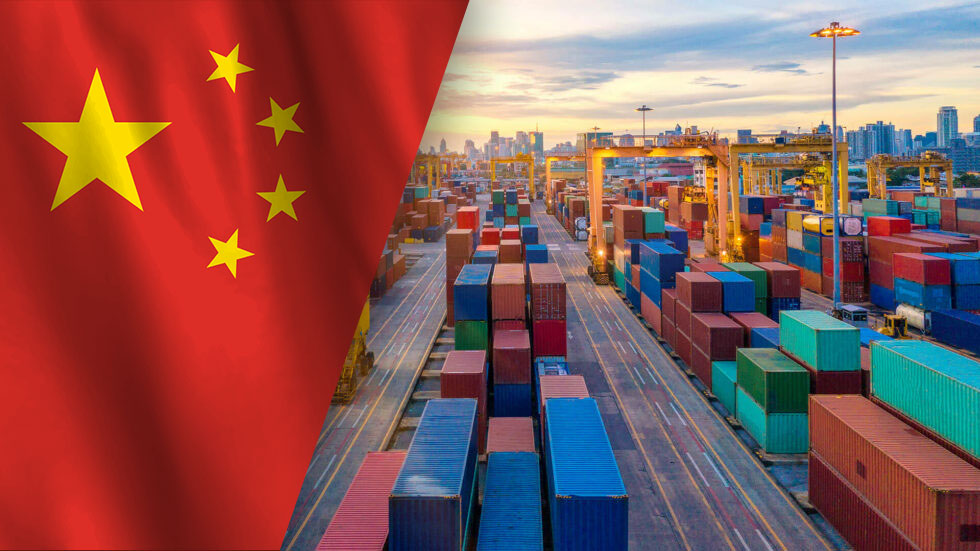Many importers assume that if they utilize a Foreign Trade Zone (FTZ), duty drawback becomes unnecessary. In reality, both programs can effectively complement each other, maximizing savings and optimizing supply chain efficiency. Both mechanisms provide legal means to mitigate, eliminate, or recover duties paid on imported goods, significantly lowering manufacturing and operational costs within the United States.
What are Foreign Trade Zones and Duty Drawback?
Foreign Trade Zones are designated areas approved by U.S. Customs and Border Protection (CBP) where imported goods are considered outside U.S. commerce until they officially enter the domestic market. This setup enables businesses to defer duty payments until the goods exit the FTZ for domestic consumption.
Duty drawback, conversely, is a refund mechanism allowing businesses to reclaim duties paid on imported goods subsequently exported. Although many companies believe the implementation of an FTZ eliminates the need for drawback, numerous scenarios illustrate that both programs can coexist, resulting in amplified financial benefits.
Common Misunderstandings Regarding FTZ and Duty Drawback
A persistent misconception is the belief that FTZs render duty drawback redundant. Companies frequently overlook opportunities for additional duty recovery because they assume that an FTZ sufficiently addresses their cost-savings objectives. In practice, FTZs and duty drawback programs can and often do function together, providing further avenues for savings.
How Can FTZ and Duty Drawback Work Together?
Importers can strategically combine these two programs to enhance their financial outcomes:
- Reduced Duty on Finished Products: If a manufacturer imports components with higher duty rates and assembles them into products with lower duty rates within an FTZ, they can enter the finished product into U.S. commerce at the reduced rate. If these products are subsequently exported, they qualify for duty drawback refunds.
- Domestic Sales with Subsequent Exports: Products initially imported into an FTZ and later sold domestically become subject to import duties once they exit the zone. If the domestic customer eventually exports these products, they become eligible for duty drawback.
- Duty Deferral Combined with Export Refunds: Companies frequently leverage FTZs to initially defer duty payments upon importation. When goods enter U.S. commerce, duties are paid; however, if the goods are later exported, the company can reclaim those duties through drawback claims.
Practical Examples of FTZ and Duty Drawback Integration
A notable client of ours utilizes their FTZ extensively for initial duty deferral. Their products must subsequently enter U.S. commerce to facilitate nationwide distribution to regional distribution centers, at which point duties are paid. When products from these regional centers are later exported, substantial drawback claims are realized. The combination of FTZ and drawback has resulted in significant financial efficiencies and cost reductions for this client.
Maximize Your Duty Savings with J.M. Rodgers
While misconceptions persist, FTZs and duty drawback are not mutually exclusive; instead, they represent complementary strategies that can maximize duty recovery.
Interested in discovering how combining FTZ and duty drawback can significantly benefit your organization?
Schedule a complimentary consultation today with our Senior Vice President, Andrew Galloway, at agalloway@jmrodgers.com.
Alternatively, complete the form below, and our team will promptly reach out to you:
By thoughtfully integrating FTZ and duty drawback strategies, importers can ensure maximum financial returns and operational efficiency. Contact us today to see how J.M. Rodgers can optimize your duty recovery efforts.





